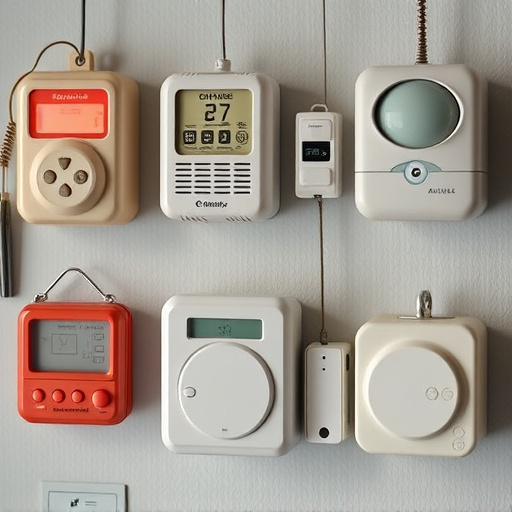Personal protection beacons equipped with GPS technology enhance safety, acting as powerful personal alarms that transmit location data to emergency services or loved ones. The personal alarm distance range varies from 1-2 kilometers to over 10 kilometers, allowing users to select a beacon matching their needs, whether exploring remote areas or prioritizing late-night safety. GPS technology provides precise tracking and real-time location sharing via satellite signals, with high-end models offering ranges up to 15 kilometers for comprehensive coverage in both urban and wilderness environments.
Personal protection beacons with GPS are revolutionary tools designed to ensure your safety and provide peace of mind. This article delves into the intricacies of these devices, beginning with an understanding of their core functions. We explore how GPS technology enables tracking and alerting systems, highlighting their vital role in emergency situations. Furthermore, we compare personal alarm distance ranges, offering insights to help users choose coverage that suits their needs effectively.
- Understanding Personal Protection Beacons: Unlocking Safety Features
- GPS Technology in Action: Tracking and Alerting Systems
- Comparing Alarm Distances: Ensuring Comprehensive Coverage
Understanding Personal Protection Beacons: Unlocking Safety Features
Personal protection beacons equipped with GPS technology are powerful tools designed to enhance individual safety in various situations, from outdoor adventures to everyday emergencies. These devices serve as a personal alarm with an added GPS dimension, enabling users to pinpoint their location and transmit it to emergency services or loved ones.
One key feature is the personal alarm distance range, which varies among models. This range determines how far assistance can be summoned. Comparisons between different beacons reveal varying capabilities, from basic 1-2 kilometer ranges to advanced models offering 10+ kilometer reach. Understanding this feature allows users to select a beacon suited to their needs, whether they’re hiking in remote areas or simply walking home late at night.
GPS Technology in Action: Tracking and Alerting Systems
GPS technology plays a pivotal role in personal protection beacons, enabling precise tracking and alerting systems that can span considerable distances. When activated, these devices utilize satellite signals to determine the user’s location, transmitting this data in real-time to emergency services or designated contacts. The global positioning system (GPS) works by triangulating signals from multiple satellites, offering highly accurate position fixes, which is crucial for effective response during emergencies.
One key advantage of GPS technology in personal alarm devices is the ability to measure and display the distance between the beacon and emergency responders or loved ones. This feature allows for a more informed and strategic response, as users can compare their personal alarm distance range with the approaching help, ensuring they remain within a safe communication and assistance radius.
Comparing Alarm Distances: Ensuring Comprehensive Coverage
When comparing personal protection beacons with GPS, one key factor is understanding the alarm distance range offered by each device. This specification determines how far an emergency signal can reach and, consequently, the level of comprehensive coverage provided. Different models offer varying ranges, typically measured in kilometers or miles. For instance, some high-end beacons boast a range of up to 15 kilometers, ensuring that even if you’re in remote areas, your distress signal can be received by nearby rescue teams or satellites.
On the other hand, more basic or cost-effective models might have shorter ranges, usually around 2-5 kilometers. While these still offer valuable protection in many scenarios, they may not provide the same level of coverage as their longer-range counterparts. It’s essential to consider the typical environments where you’ll be using the beacon—urban areas versus wilderness—to determine which alarm distance range best suits your needs and ensures comprehensive protection.
Personal protection beacons equipped with GPS technology offer a powerful tool for safety, providing peace of mind in an emergency. By understanding the different alarm distances and features, users can make informed choices to ensure they stay connected and protected. A thorough Personal Alarm Distance Range Comparison is key to selecting a beacon that suits individual needs, be it for outdoor adventures or everyday safety. With these devices, help can arrive swiftly, making them invaluable in remote or dangerous situations.
